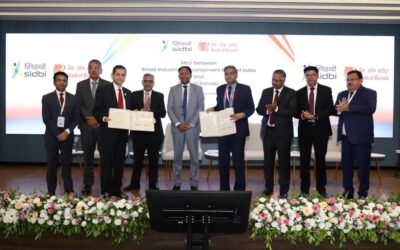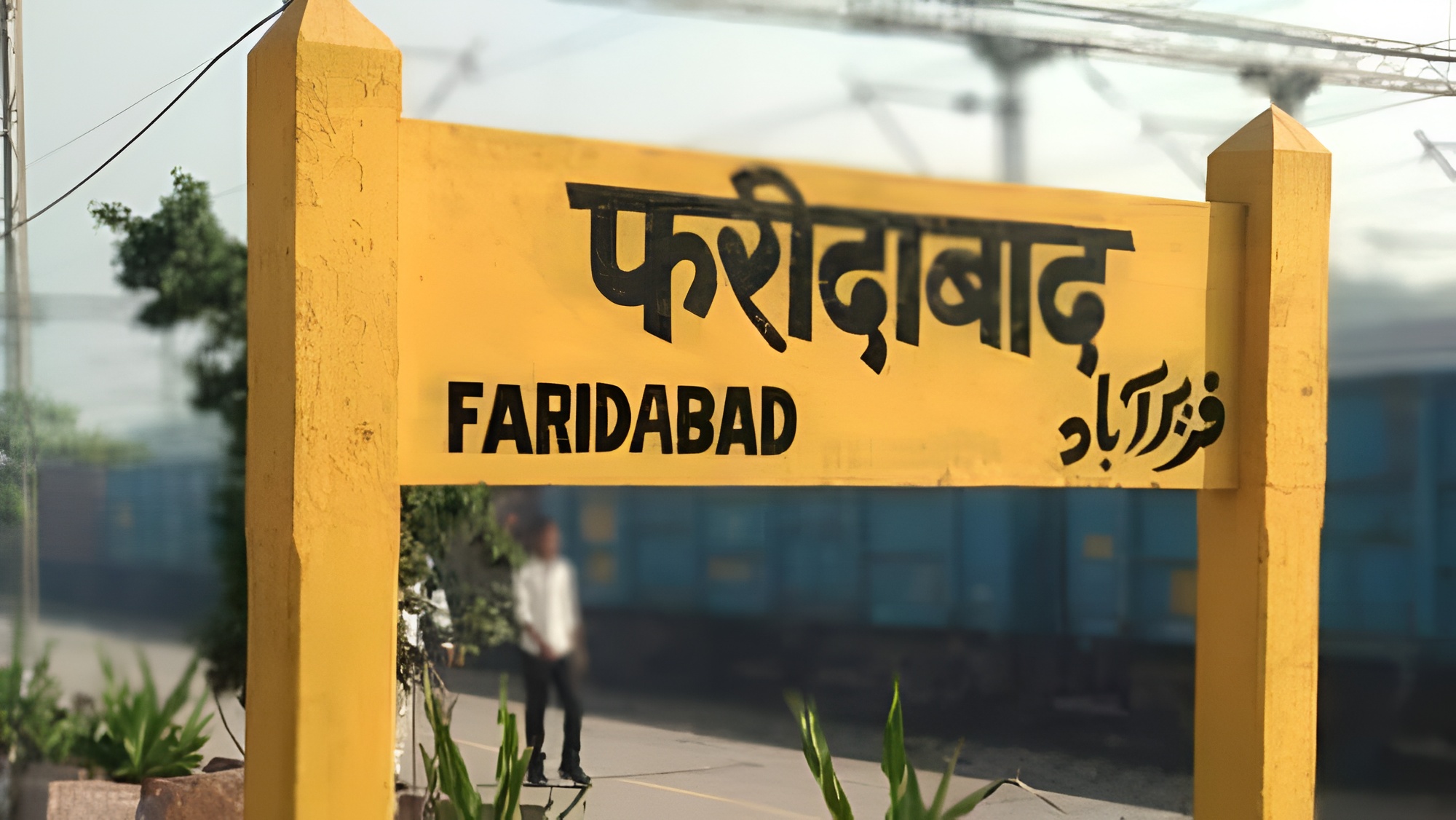What It Truly Takes to Be an MSME in India’s High-Stakes Economy?

The recent declaration that India now hosts over seven crore MSME units is not a routine statistical update. It is a milestone that captures one of the most complex, resilient and economically consequential transformations in independent India’s history. Micro, small and medium enterprises were once imagined as community-led workshops and family-owned manufacturing sheds that would promote rural industrialisation and balanced development. Over the decades they have evolved into a sprawling, heterogenous sector that now forms the backbone of job creation, export diversification and innovation-led competitiveness. Yet beneath this achievement lies a more challenging story that deserves far greater national attention: what it actually takes to be an MSME in today’s India.
Operating an MSME in the current economic landscape is not merely an entrepreneurial choice. It is a continuous negotiation with regulatory pressure, market volatility, credit constraints, technological disruptions and structural fragility that larger corporations simply do not experience at the same scale. The first and most under-discussed challenge stems from regulatory convergence. India’s shift towards a unified, data-driven, compliance-intensive economy is rational from a national governance perspective, but the burden on MSMEs has grown sharply. Laws such as the Digital Personal Data Protection Act (DPDPA) were designed with strong safeguards and global parity in mind. However, when implemented uniformly across scales, they create a “one size fits all” framework that leaves smaller businesses scrambling for interpretation, infrastructure and affordability.
Most MSMEs do not possess in-house legal teams, dedicated cybersecurity units or the operational maturity to navigate ambiguous clauses. Their digital footprints may be expanding, but their capability to meet enterprise-grade compliance remains constrained. Larger companies can invest in structured teams, external consultants and specialised training, while MSMEs struggle to simply understand the requirements. In practice, this results in delays, non-compliance risks and financial strain. The policy direction is not misplaced, but its execution needs sharper differentiation and targeted support. India cannot aspire to a data-secure economy if the vast majority of its enterprises remain structurally unequipped to comply.
Beyond compliance, the internal environment within MSMEs presents its own friction points. While many entrepreneurs demonstrate remarkable grit, there is a persistent culture gap within smaller enterprises. Employees often lack exposure to process discipline, structured training or long-term growth mindsets that larger firms cultivate. The reluctance to learn, adapt or adopt new systems becomes a silent inhibitor of productivity. Entrepreneurs themselves sometimes contribute to the problem by oscillating between over-promising and under-executing, driven partly by competitive urgency and partly by the absence of seasoned managerial support. The result is a cycle where ambition outpaces capability, creating pressures that undermine sustainability.
The vulnerability of MSMEs to external shocks further complicates their operational environment. Whether it is a global supply chain disruption, an abrupt change in geopolitical conditions, a climate-linked event or even a domestic liquidity squeeze, smaller enterprises are always the first to be hit. Their margins are narrower, their buffers are thinner and their access to alternative financing is limited. While large corporations can diversify suppliers, hedge risks or swiftly shift production, MSMEs often operate on fixed contracts, local vendor networks and fragile cash flow cycles. A single disruption can wipe out months of business stability.
In parallel, the race towards digitalisation has become unavoidable. To remain relevant and competitive, MSMEs must adopt digital tools, automation, e-commerce, digital payments and data-driven operations. The intent is clear, but the transition is uneven. Digitalisation requires upfront investment, skill-building and change management. Most MSMEs know they must digitise; many simply do not know how or where to begin. Technology is no longer optional, but the pathway to adoption is rarely straightforward.
The credit landscape compounds these pressures. Access to affordable, timely and adequate credit remains one of the most persistent roadblocks in India’s MSME ecosystem. While policy initiatives and institutional reforms have improved formal lending coverage, the gap between sanctioned credit and actual need remains significant. Liquidity constraints affect procurement, production cycles, working capital and vendor payments. Credit risk perceptions further limit lending appetite among banks and NBFCs, even when the business fundamentals are sound. For MSMEs, navigating this capital deficit while maintaining continuity is an ongoing challenge.
Yet, despite these formidable constraints, India has built a seven-crore-strong MSME ecosystem that continues to expand, adapt and innovate. This achievement is both an economic triumph and a societal testament. It reflects not only policy support and market dynamism, but also the resilience, ingenuity and risk appetite of millions of entrepreneurs who power the country’s economic engine. Their contribution goes far beyond GDP metrics; they shape local employment, anchor community livelihoods and drive industrial diversity in regions where large industries rarely reach.
The scale of India’s MSME network underscores a deeper truth about the national economy: growth is no longer confined to metropolitan business districts or global-facing sectors. It is being built by enterprises that navigate complex realities with limited resources. Their strength is the country’s strategic advantage, and their vulnerabilities are national challenges that require urgent systemic attention.
As India looks ahead to its Vision 2047 ambitions, strengthening MSMEs must shift from policy rhetoric to operational precision. This means differentiated regulation, targeted digital support, easier credit access, cluster-based capacity building and workforce skilling that matches the pace of technological change. MSMEs have carried the economy through structural shifts, financial cycles and global crises. It is time for the ecosystem around them to match their resilience with equally robust support.
Seven crore MSMEs stand today as a symbol of India’s entrepreneurial depth and national ambition. They have endured more than any other segment, adapted faster than expected and contributed more broadly than often acknowledged. This is what it truly takes to be an MSME in India. The least the country can do is ensure they are not just surviving challenges, but steadily growing stronger, sharper and more competitive for the decades ahead.











